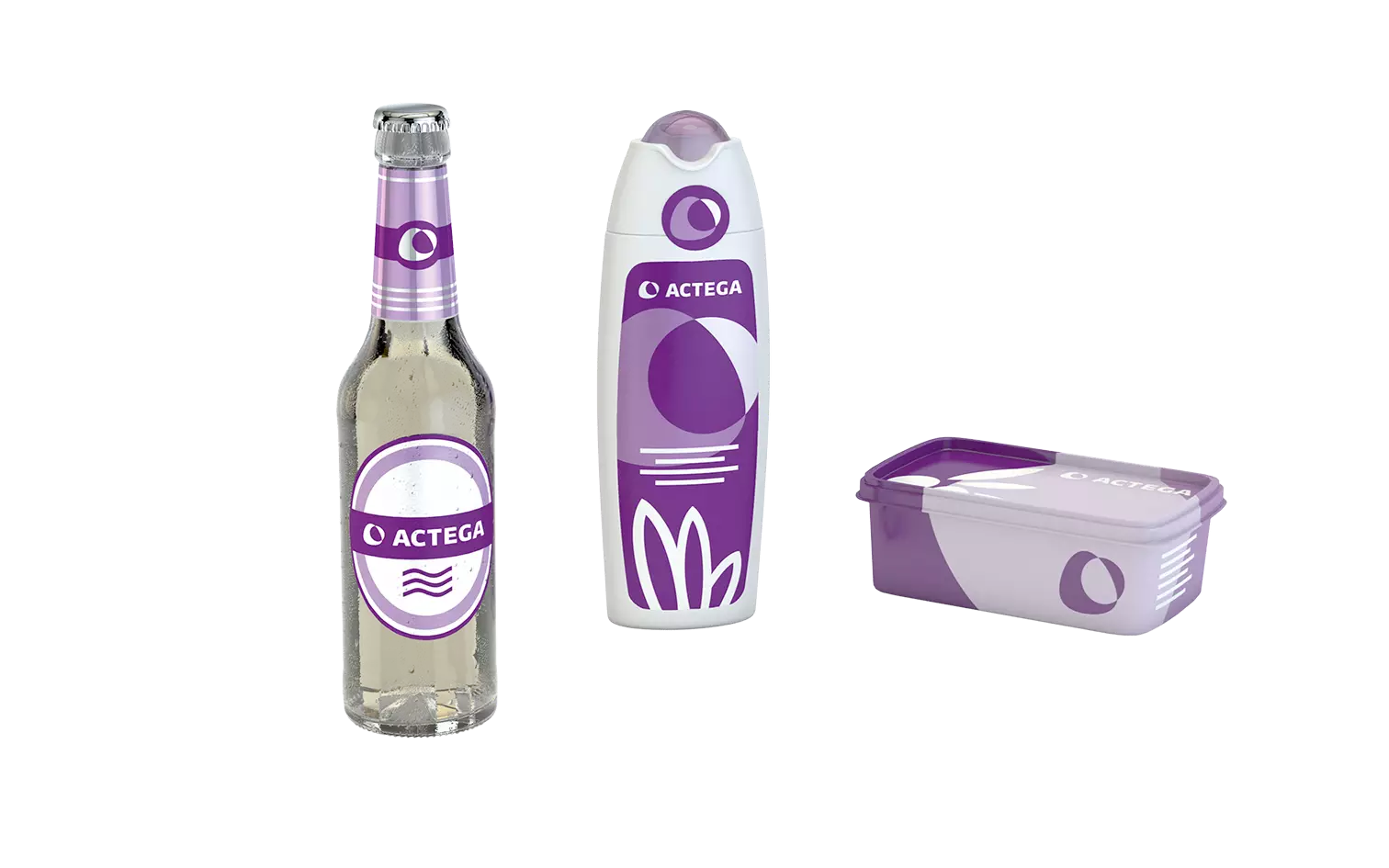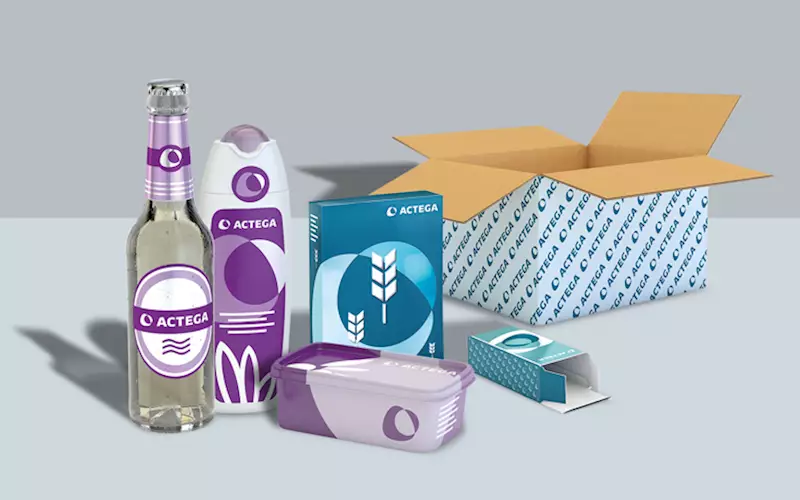What does it take for coatings to make packaging sustainable and safe? – The Noel D'Cunha Sunday Column
Coatings are now being seen as an alternative for traditional laminated structures in the growing world of sustainable packaging. These eco-friendly packaging ways ensure that the products are suitable for different temperatures and prevent harmful exposures.
In this interaction with Noel D’Cunha, Amit Save, senior manager for business development India for Actega Terra, discusses his company’s coating products that meet regulatory requirements
14 Jul 2019 | By Noel D'Cunha
PrintWeek India (PWI): Coatings also enable paper-based packaging to replace some plastic packaging applications. What are these applications and how do coatings help?
Amit Save (AS): Coatings may give paper-based packaging a temporary barrier function against water or fat, which makes it possible to replace in some cases a PE coating layer by a water-based coating. For example, folding boxes for frozen food or drinking cups for cold beverages.
PWI: One trend is down-gauging while maintaining the barrier performance of packaging. Where does India stand?
AS: The needs are worldwide and we are getting more and more enquiries about it.

Amit Save, senior manager for business development India at Actega Terra
PWI: India is also a price sensitive market. What are you doing to address this challenge?
AS: Price is in all markets a question. But all of us have to realise that it is not only a price per kg of the coating. Please take a look at the whole supply chain and what the results at the end will be. If you are able to print with higher speed if you are able to reduce waste or able to run with higher speed in the post-press department, what will be your decision?
PWI: Which is your star product for the Indian market? What does it do? Any Indian packages that use this product.
AS: Products with a certificate for direct food contact from an external institute are more and more important. With our FoodSafe portfolio, we are able to provide such kind of coatings for different kind of applications. And yes, there are main players in the market which are using such kind of coatings.
PWI: There are maybe coatings on the market which cannot be easily recycled. They are impediments in the re-pulping process. What are your alternatives?
AS: Yes, in principle all of our water-based coatings are recyclable and do not disturb downstream recycling processes. But of course, we additionally have the TerraGreen range. The use of renewable resources is comparatively CO² neutral and protects the sustainability of our climate. Other than traditional water-based coatings, which are based on petroleum derivatives, TerraGreen focuses on resins and waxes from nature.

PWI: What do you mean by – derived from nature?
AS: TerraGreen is based on natural resources for more than 90% and biodegradable by more than 75% (ISO 9888). With TerraGreen, for the first time, it is possible to produce printed products completely with the substrate, printing inks and coating based on renewable resources.
PWI: There’s a buzz around ‘low-migration’ packaging, using material, ink or coating that meets regulative end-use requirement What are these regulations?
AS: First and foremost, there should be no transfer of constituents to food which could have a particular negative impact on the packed foodstuff. Materials and articles have to be produced under Good Manufacturing Practice (GMP). The overall migration limit (OML) has been kept within 60ppm and the specific migration limit from 10ppb up to 60ppm. Use substances which are listed for production purposes and migration studies have to be carried out under described conditions.
PWI: Which are your products that meet these requirements?
AS: FoodSafe coating for direct food contact and FoodClass for indirect contact fulfils the regulatory requirements. They ensure a safe coating application on food packaging.
PWI: Depending on the end-use and finishing process, what are the different requirements when it comes to functional coatings?
AS: So, these could be barrier coatings with a temporary resistance/barrier against water, moisture and/or oil; heat resistant coatings, for example, to protect the inks on the backside of a blister packaging; and blister coatings, that ensure a safe composite of blister-cards and the blister itself
PWI: What is the function of functional coatings in flexible- and paper-based packaging applications?
AS: Functional coatings have different tasks. The main function is normally the protection of the printing ink underneath the coating. Besides the protection, other functional coatings have other tasks like increasing the adhesion of printing ink on the substrate (print primer), or to give adhesion to other following layers like adhesives or extrusion layers. Here we can talk of adhesion promotor or liquid surface treatment. To keep it simple, you will just find the naming “Primer”.

PWI: Okay, then what about barrier coatings?
AS: Barrier coatings are a completely different story. The current state-of-the-art is a temporary barrier against water or water vapour and fat or grease. We are talking about several minutes or some few hours. The market is asking for a PE replacement which is not so easy to achieve at this moment.
PWI: For flexible packaging, what are the laminate structures used in the European market? How can the use of barrier coatings help to make these laminates recyclable?
AS: The typical laminate structures in the European flexible packaging market are PE/PET or PP/PET. There are a lot more, but these are the main laminates. Additionally, there are a lot of Al-plastic or paper-plastic laminates. A barrier coating cannot help to make the plastic laminate recyclable. The complete laminate structure needs to be different in future.
PWI: At a time when many players on the flexibles market are investing in monopolymer innovation, what can one achieve with barrier and functional coatings? Any examples?
AS: As soon as barrier coatings can provide the needed barrier with a reasonable dry applied amount, mono-material flexible packaging will get a kick-start. Functional coatings – depending on the chemistry and the needed properties – are already able to replace a layer in the laminate. The dry applied amount of a coating is normally between 1-3 g/m², if you compare that to an additional plastic film with 6-12 μm thickness, it is possible to save material.

PWI: Are the products you mentioned, available in India?
AS: Yes. Our representatives in India stock FoodSafe and FoodClass and some functional coatings. TerraGreen is available on order basis.
PWI: What’s Actega’s plan for the Indian market looks like?
AS: The Indian market is very important for us. The population and the needs of the market are huge and therefore we decided around two years ago that we have to have our own technical sales representative in India. We have started implementing Actega Terra as a brand in the Indian market and showed customers our broad range of portfolio for almost all kind of applications or segments. The first success stories are given and we are looking forward to assisting more customers and deliver solutions for their needs.














 See All
See All